Zero waste gardening
The gardening team have been working to reduce the amount of waste coming out of the gardens.
We no longer take any garden waste off site.
Everything goes back into growing new plants, helping the lawns and even building new pathways.
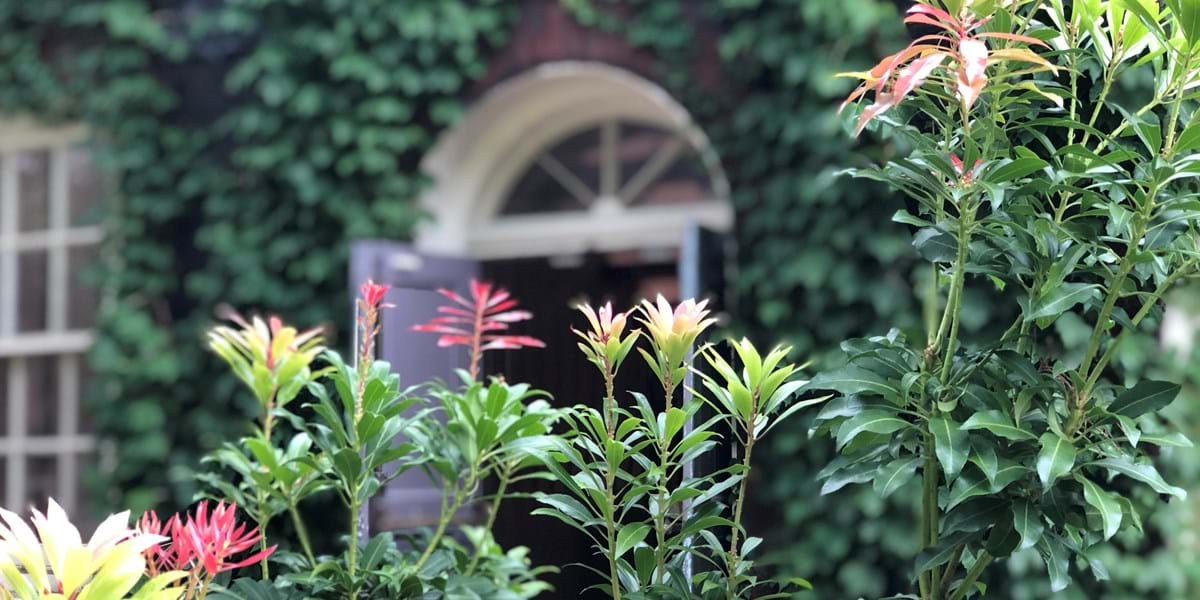
Why we're doing it
We're trying to mimic what would happen in a forest: trees know what they're doing. The leaves fall off and mix on the forest floor, into a kind of natural compost, that helps the other plants.
But the Museum isn't a forest and we can't just leave them on the lawns, otherwise it would become dangerous and unsightly.
We have to spend a lot time clearing the leaves up, so it's much more pragmatic to turn them into something useful onsite.
We also produce a lot of grass clippings from maintaining our front lawns. Without proper treatment, they just turn into smelly sludge, full of creatures that will bite you.
Compost is really good for the soil and helps build the health of the plants: it's a bit like taking vitamins regularly for general health rather than relying on medication when you get ill.
There are also new planters made from wood that was used during the refurbishment of the Museum and we'll use woodchip made of fallen branches for new pathways in the gardens.
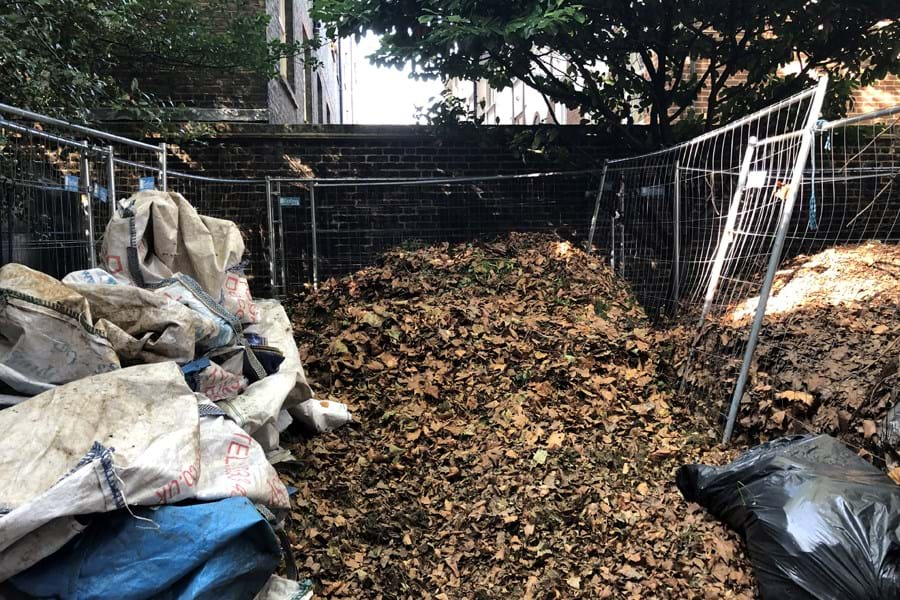 This year's leaves from the plane trees ready to become mulch
This year's leaves from the plane trees ready to become mulch
What we're doing – a bit of jiggery pokery
We built a whole composting system in an unused part of the garden, which takes in all of our garden waste and turns it into super nutritious, healthy leaf mulch in about nine months.
We also have smaller compost bins, which take around three months to break down. Leaf mulch takes longer because it needs to heat up.
Before we started the new composting plan we used to clear 12 skips worth of leaves from the plane trees at the Museum every year.
We had to pay to have these disposed of offsite and then had to buy in soil improver.
The old system was expensive, inefficient and not very environmentally friendly.
The new compost system takes in all the leaves that come off the Museum's plane trees as well as our lawn clippings and other waste from across the site.
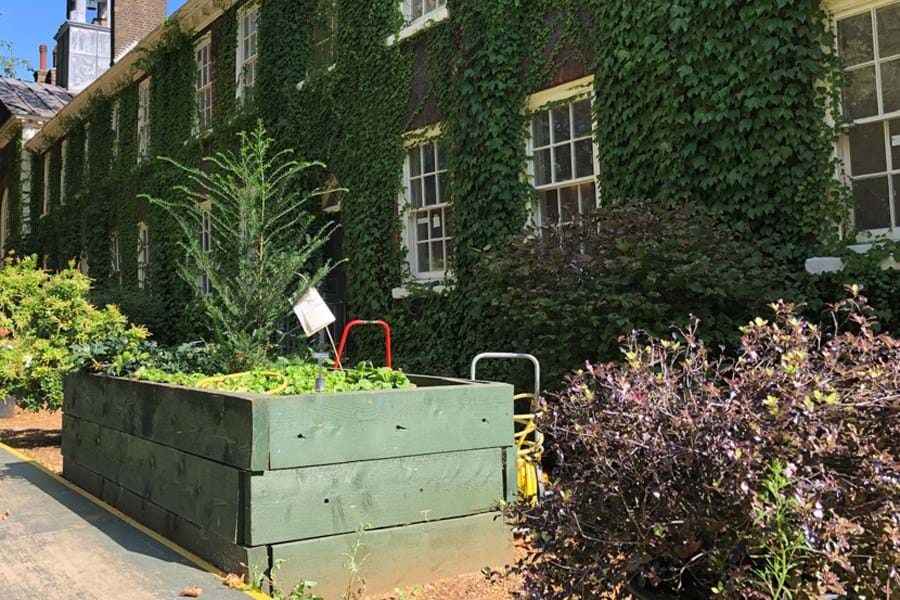 These planters were made of recycled wood
These planters were made of recycled wood
What makes good compost
Each bin needs a mix of greens and browns.
Greens are materials rich in protein or nitrogen like hedge clippings, coffee grounds and fresh leaves, while browns are materials rich in carbohydrates like twigs and cardboard.
The coffee grounds and the cardboard come from our offices: recycling them helps us reduce waste even more.
With a bit of jiggery pokery this makes our garden bloom.
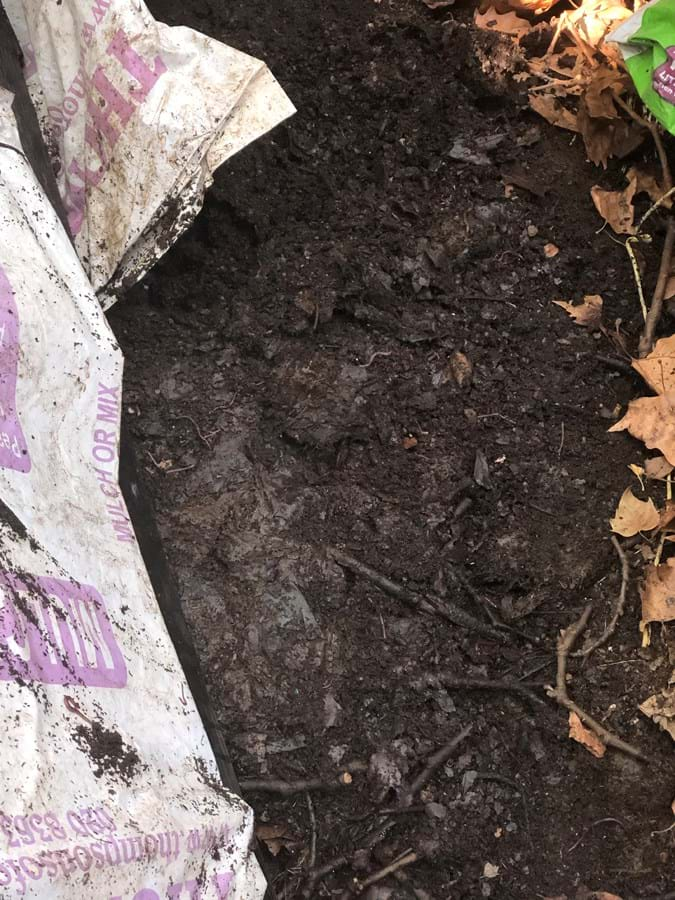 Worms in the fresh compost
Worms in the fresh compost
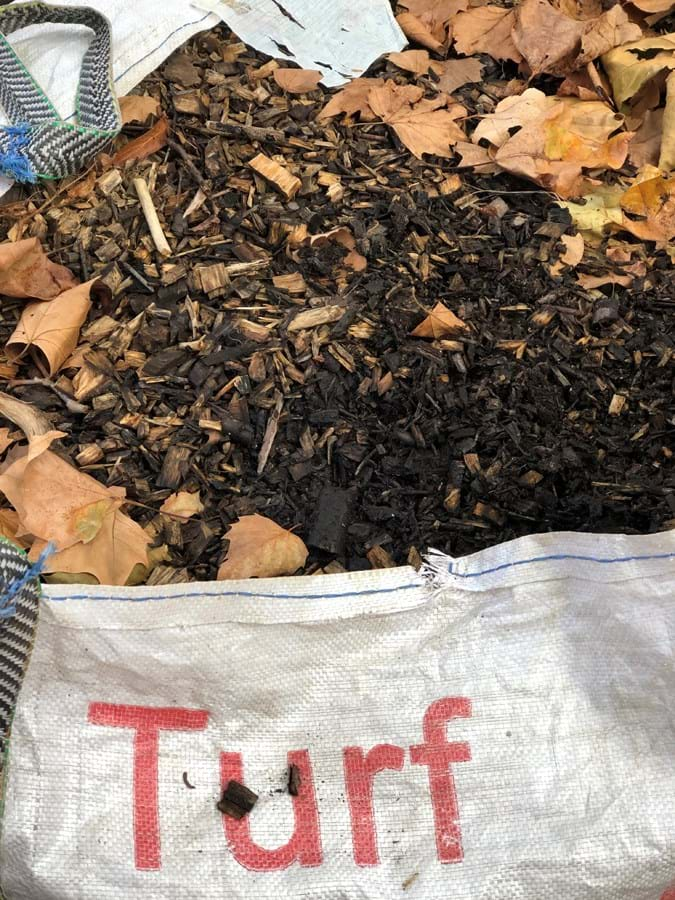 Fresh woodchip made from fallen branches
Fresh woodchip made from fallen branches
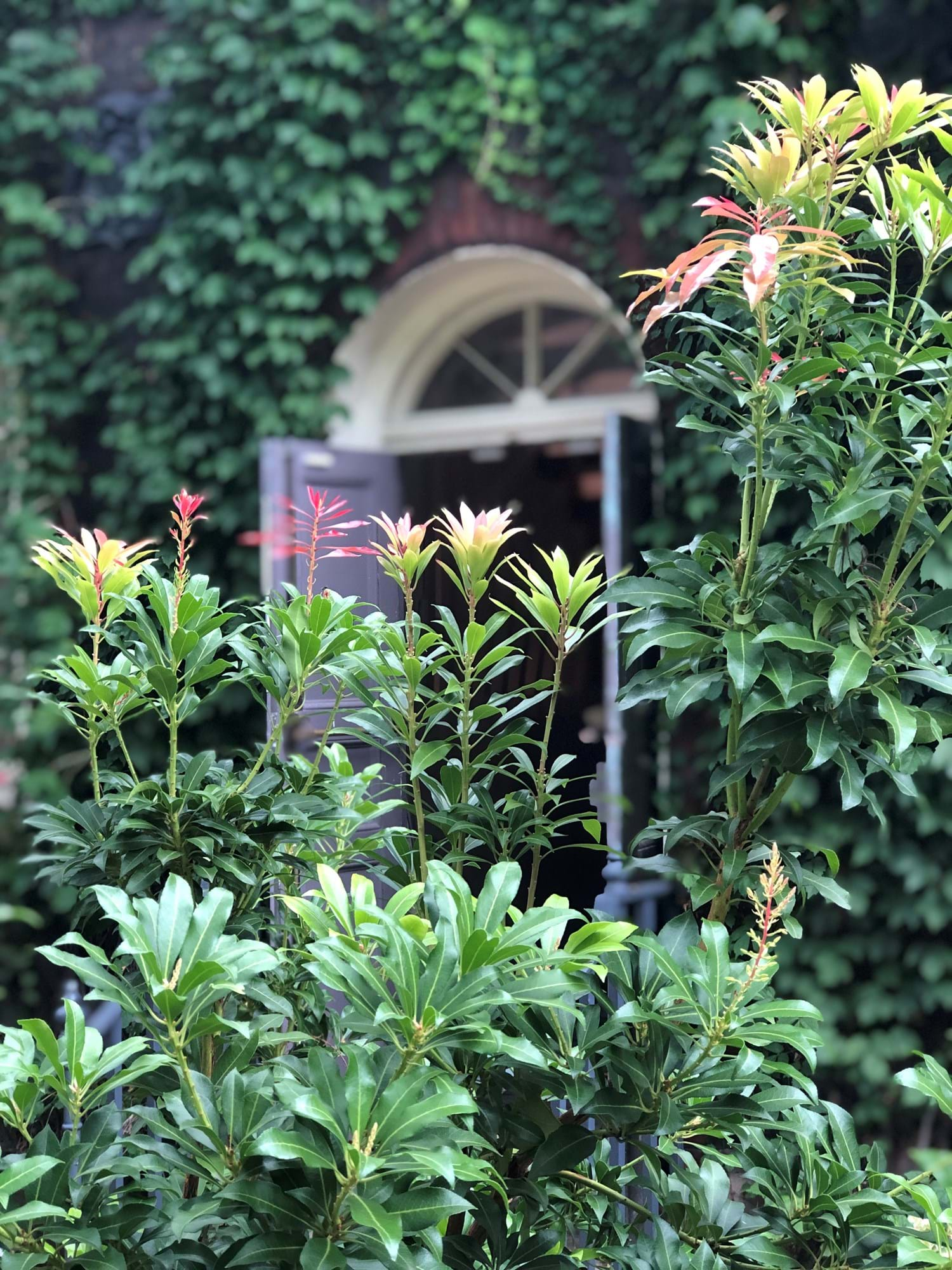 Plants that were treated with compost from last year
Plants that were treated with compost from last year
The Chelsea Drop
Plane trees are a pain for gardeners, but they do a lot of good and are popular city trees because they clean up pollution and even help with temperature and water control.
You might recognise them from many of London's parks and grand boulevards.
We've got loads of them and they drop leaves from the spring right through to November.
Heather, our head gardener, calls the first big drop in May 'the Chelsea Drop' because it coincides with the RHS Chelsea Flower Show.
This drop occurs because the tree is trying to catch as much sunlight as possible to photosynthesize.
Meanwhile, their distinctive bark soaks up pollution really well, but also sheds a lot, which makes even more work for the gardeners.
But we can even harvest the leaves and bark into our new composting system, to recycle them into something useful.
Gardening in climate crisis
Creating a green roof for the future.
Gardens Through Time
How city gardens have developed over the centuries.
